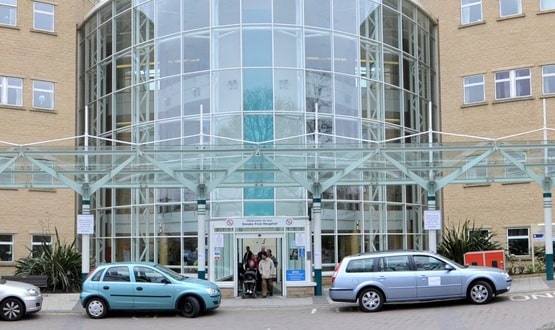Calderdale and Huddersfield uses predictive analytics for mortality data
- 25 July 2022

Calderdale and Huddersfield NHS Foundation Trust is using predictive analytics to accelerate the understanding of mortality ratios, which will give the trust the data it needs to help determine which cases it needs to review in light of a death.
The work is being done by The Health Informatics Service (THIS) with the organisation collating data from the trust’s Cerner Millennium EPR and other far-reaching clinical systems and then using the information to populate predictive R analytics software.
The result is that Caldersale and Huddersfield are benefitting from near real-time mortality ratios. Prior to this data, the trust would rely on the national publication of the Hospital Standardised Mortality Ratio (HSMR) data. Although the HSMR data is closely monitored by healthcare professionals across the UK, it is delivered three months in arrears.
Initial findings into the use of the predictive analytics give an accuracy level of 85% when compared to the HSMR.
Oliver Hutchinson, THIS’ performance information lead for primary care, who led the mortality ratio analysis, said: “The benefits are twofold. The first is to be three months ahead of the national HSMR data, so that when the national publication does arrive, we’ve had a foresight that will help to dispel any undue concerns.
“The second is that it will help us pinpoint potential clinical areas to improve. For example, if we have a patient with a low likelihood of death and they died, we can investigate that case and hold a clinical review to see if there is anything we can learn to prevent a death in similar circumstances in the future.”
Anyone arriving at one of Calderdale and Huddersfield NHS Foundation Trust’s hospitals will be assessed and then given an expected death calculation (EDC). The criteria used for this assessment includes a patient’s age, gender, exposure to deprivation, how they were admitted, comorbidities, diagnosis and whether they have a palliative care code.
The predictive analytics gives a calculation between zero and one – with the latter showing an increased likelihood of death. The calculations can also be expressed as a percentage – for example, an EDC of 0.376 will mean the patient has a 37.6% chance of dying.
The EDC will help the trust determine which cases may need review following a death. It can also be used to potentially highlight errors in recording a patient’s medical history. If someone who has a low EDC has died, a clinical review could explore if certain factors were missed from their medical records which could have triggered a higher EDC if known.
Gawaine Carter, from THIS’ information structure team, said: “The trust has always reviewed a good proportion of deaths but there weren’t pointers to which ones they really should be focusing on to learn from. The difference now is that it helps to focus a limited resource. Prior to this, we didn’t know where to focus until way after the event.”
Earlier in the year Calderdale and Huddersfield NHS Foundation Trust deployed Healthcare Gateway’s Medical Interoperability Gateway in order to give healthcare staff wider access to patient data.





1 Comments
Interesting about the predictive percentage ‘….37.6 % chance of death…’ I always thought we all had a100% chance of death
Comments are closed.